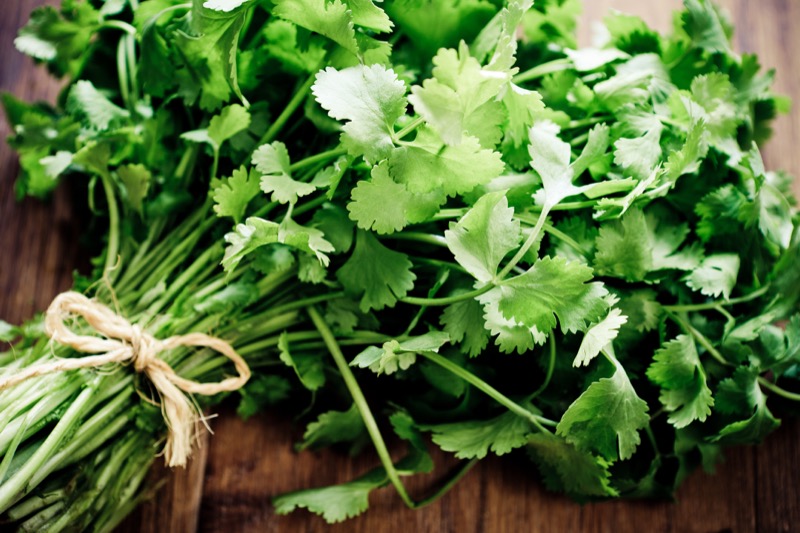Our Boxes
| Vegetables
| Fruit
| Salad
| Drinks
| Meats
| Fish
| Dairy
| Cheese
Bakery | Herbs | Other Bits | Snacks | Seasonings | Oils
Bakery | Herbs | Other Bits | Snacks | Seasonings | Oils
Coriander (100g)

Coriander is native to southwestern Asia west to north Africa. The name coriander derives from French coriandre through Latin “coriandrum”. All parts of the plant are edible, but the fresh leaves and the dried seeds are the most commonly used in cooking. Coriander is commonly used in Middle Eastern, Mediterranean, Indian, South Asian, Latin American, Chinese, African and Southeast Asian cuisine. The fresh leaves are an essential ingredient in many South Asian foods (particularly chutneys), in Chinese dishes and in Mexican salsas and guacamole. Chopped coriander leaves are also used as a garnish on cooked dishes such as dal and many curries. As heat diminishes their flavour quickly, coriander leaves are often used raw or added to the dish right before serving. In some Indian and Central Asian recipes, coriander leaves are used in large amounts and cooked until the flavour diminishes.
Nutrition:
Coriander has been used for the relief of anxiety and insomnia in Iranian medicine. In holistic and some traditional medicine, it is used as a carminative and for general digestive aid. Additionally, coriander juice (mixed with either turmeric powder or mint juice) is used by some as a treatment for acne, applied to the face like toner.
Storage:
The fresh herb can be kept for a short time in plastic bags in the refrigerator, or for a longer period in the freezer, after being blanched quickly in boiling water.
Source:
English orchards whenever possible, though will also on occasion use Bristol Markets and EU-derived (land-freight) sources in order to meet times of high demand.


